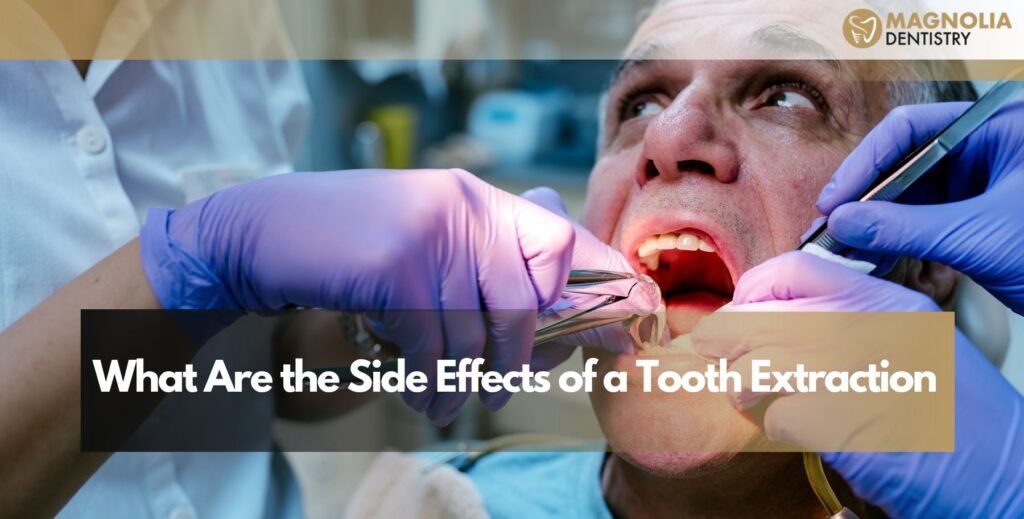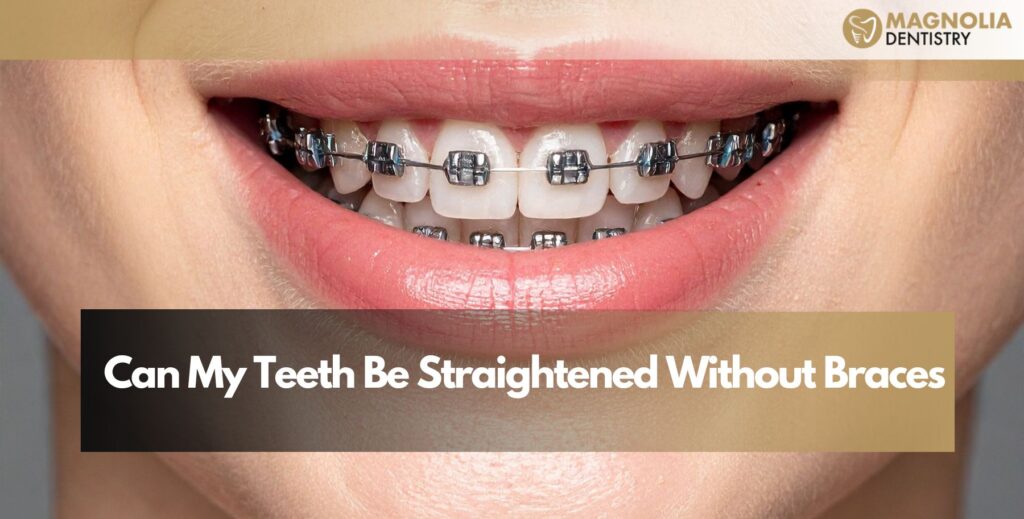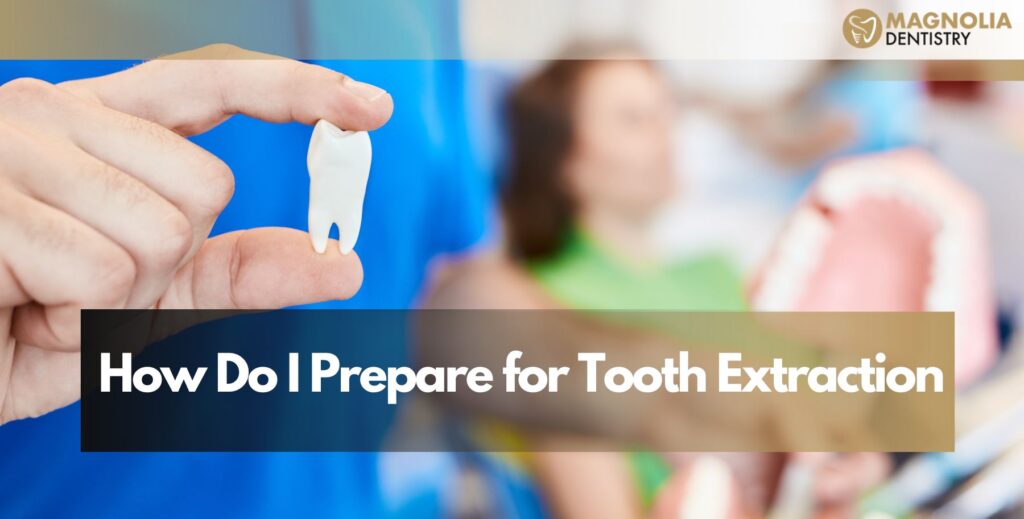Your smile is one of the first things people notice about you. But when dental problems like cavities, damaged teeth, or missing teeth occur, they can affect more than just your appearance; they can impact your oral health, confidence, and overall well-being. That’s where restorative dentistry comes in.
Restorative dentistry focuses on repairing, rebuilding, or replacing damaged or missing teeth to restore full function and appearance. From fillings to dental implants, these treatments help you eat comfortably, speak clearly, and smile confidently again.
In this complete guide, we’ll explain what restorative dentistry is, the different types of restorative dental procedures, how they work, and why they’re vital for maintaining long-term dental health.
Table of Contents
What is Restorative Dentistry
Restorative dentistry refers to the branch of dental care focused on restoring teeth that are damaged, decayed, or missing. The goal is to bring your mouth back to full function while improving aesthetics and preventing further dental issues.
It’s different from cosmetic dentistry, which focuses mainly on appearance. Restorative dentistry combines both form and function helping you chew, speak, and smile naturally again.
The Purpose of Restorative Dental Treatments
The main purposes include:
- Repairing broken teeth or teeth damaged by tooth decay.
- Replacing missing teeth through bridges, implants, or dentures.
- Preserving natural teeth whenever possible.
- Preventing further oral health issues, bone loss, and misalignment.
By restoring the teeth’s natural structure, restorative dentistry supports healthy alignment, proper bite, and overall jaw bone stability.
Types of Dental Restorative Procedures
Modern dentistry offers several restorative dental solutions, each designed to treat specific conditions — from small cavities to complete tooth replacement. Let’s look at the most common restorative dental treatments and how they help.
Dental Fillings: The Most Common Restorative Procedure
When tooth decay causes small cavities, a filling repairs the damage before it worsens. The dentist removes the decayed portion and fills it with a material like composite resin, which matches your natural tooth color.
Benefits of Dental Fillings
- Stops decay from spreading deeper into the tooth root.
- Restores the tooth’s normal shape and strength.
- Relieves dental pain and sensitivity.
Modern composite resin fillings are strong, durable, and aesthetically pleasing, making them an ideal choice for both front and back teeth.
Dental Crowns: Restoring Damaged or Broken Teeth
A dental crown is a cap that covers a damaged or weakened tooth. It’s one of the most versatile tooth restorative options, often used after root canals or when a large filling isn’t enough.
When Are Crowns Used?
- To restore broken teeth or severely worn-down enamel.
- After a root canal treatment to protect the tooth.
- To strengthen teeth with large fillings or cracks.
Crowns can be made from porcelain, ceramic, metal, or zirconia, offering both strength and aesthetics. When combined with bridges, they also play a key role in tooth replacement.
Dental Bridges: Replacing Missing Teeth
A dental bridge replaces one or more missing teeth by anchoring artificial teeth to the surrounding natural teeth or dental implants. Bridges literally “bridge” the gap left by missing teeth.
Benefits of Dental Bridges
- Prevents teeth from shifting into the empty space.
- Restores your natural bite and speech.
- Improves your smile and confidence.
Crowns and bridges are often used together to provide a secure and long-lasting solution for tooth replacement.
Dental Implants: The Gold Standard for Tooth Replacement
Dental implants are the most durable and natural-looking restorative dental solutions available. They replace both the visible tooth and its tooth root, offering unmatched stability.
How Dental Implants Work
A small titanium post is surgically placed into the jaw bone where it fuses with bone tissue, creating a solid foundation for an artificial tooth (crown).
Advantages of Dental Implants
- Preserve jaw bone health and prevent bone loss.
- Look and function like real teeth.
- Can last a lifetime with proper oral hygiene.
For patients missing multiple teeth, implant supported dentures combine the stability of implants with the convenience of removable dentures.
Partial Dentures and Full Dentures
When multiple teeth are missing, partial dentures or full dentures restore your ability to chew and speak properly.
Partial Dentures
Used when some natural teeth remain. They are removable and clip onto adjacent teeth for support.
Full Dentures
Replace all teeth in the upper or lower jaw. They rest on the gums and are customized for comfort and a natural appearance.
With advancements in tooth replacement, modern dentures fit more securely and feel more natural than ever before.
Inlays and Onlays: The Conservative Restorative Option
When damage is too severe for a filling but not extensive enough for a crown, inlays and onlays are ideal.
Inlays
Fit inside the tooth’s chewing surface to restore minor decay or damage.
Onlays
Extend over one or more cusps (points) of the tooth for broader coverage.
Both are custom-made and bonded to the tooth, preserving as much natural structure as possible while providing long-term strength.
Root Canals: Saving Infected Teeth
Root canals treat infections inside the tooth’s pulp chamber. Instead of extracting the tooth, the dentist removes the infected pulp, cleans the inside, and seals it to prevent reinfection.
Why Root Canals Are Important
- Eliminate infection and pain.
- Prevent tooth extractions.
- Maintain your natural smile and alignment.
After the treatment, a dental crown is usually placed to strengthen the tooth and restore function.
Tooth Extractions and Replacement Options
Sometimes, a tooth cannot be saved due to severe tooth decay, infection, or trauma. In such cases, a tooth extraction becomes necessary to prevent further health issues.
After extraction, dentists often recommend immediate tooth replacement options such as dental implants, bridges, or partial dentures to maintain oral balance and prevent bone loss.
Composite Bonding: A Quick Tooth Restorative Solution
Composite bonding is a simple, affordable way to fix small chips, cracks, or gaps. The dentist applies composite resin directly to the tooth surface and sculpts it for a natural look.
Benefits
- Painless and minimally invasive.
- Ideal for small cosmetic and restorative dental treatments.
- Usually completed in one visit.
Full Mouth Reconstruction
When multiple teeth are damaged or missing, full mouth reconstruction combines several restorative dental procedures — like crowns, bridges, and implants — to rebuild your entire smile.
This approach not only restores function but also enhances appearance, helping patients regain confidence and comfort.
How Restorative Dentistry Improves Oral Health
Restorative dentistry isn’t just about looks it’s about restoring dental function, preventing future problems, and maintaining a healthy mouth for life.
Prevents Further Decay and Damage
By repairing or replacing affected teeth, restorative treatments stop tooth decay from spreading and reduce the risk of infection.
Strengthens the Jaw Bone
Procedures like dental implants stimulate the jaw bone, preventing deterioration that often follows tooth loss.
Restores Natural Function
With restored teeth, you can eat, chew, and speak comfortably again — improving digestion and nutrition.
Enhances Overall Oral Hygiene
Replacing missing teeth makes it easier to maintain good oral hygiene, reducing plaque buildup and gum disease risk.
Choosing the Right Restorative Dental Treatment
Every smile is unique, and so are your dental needs. Choosing the right restorative dental treatment depends on several factors:
- The extent of damage or decay.
- The number of teeth affected.
- Your jaw bone health and gum condition.
- Your goals for function and appearance.
A skilled dentist will assess your condition and recommend the best tooth restorative solution — whether it’s a dental implant, crown, or bridge.
Recovery and Aftercare for Restorative Dentistry
Recovery after restorative dentistry is usually quick. Mild sensitivity fades within days. Maintain proper oral hygiene, avoid hard foods, and attend follow-up visits for long-lasting, healthy results.
Post-Treatment Recovery
Most restorative dental procedures involve minimal downtime. You might experience mild sensitivity or discomfort, but this usually resolves within days.
Aftercare Tips
- Brush and floss daily to prevent plaque buildup.
- Use non-abrasive toothpaste to protect restorations.
- Visit your dentist every six months for checkups.
- Avoid chewing hard foods on newly restored teeth.
Following these simple steps ensures your results last for years and your dental care remains on track.
Why Choose Professional Restorative Dentistry in Burbank
Modern dental technology and materials have transformed restorative care. At our Dental Office in Burbank, CA, patients receive state-of-the-art treatments customized for comfort and longevity.
From dental implants to crowns and bridges, our goal is to restore your oral health and give you a natural, confident smile that lasts a lifetime.
Conclusion
Restorative dentistry plays a crucial role in repairing damaged teeth, preventing future decay, and maintaining your overall health. Whether you need a simple filling or a complete reconstruction, today’s restorative dental treatments offer durable, natural-looking, and long-lasting results.
If you’re dealing with tooth decay, missing teeth, or discomfort, schedule a consultation with your dentist to explore modern restorative dental solutions — from inlays and onlays to implant supported dentures. A healthy, functional smile is within reach — and it can last a lifetime with proper dental care and oral hygiene.
FAQs
What is most commonly used in restorative dentistry?
The most common materials include composite resin, porcelain, and zirconia. Composite resin is especially popular for fillings because it matches natural tooth color and bonds securely to enamel.
What is major restorative dental treatment?
Major restorative treatments involve procedures like dental crowns, bridges, implants, and dentures, used to rebuild multiple teeth or restore major tooth loss.
What dental condition would require a restorative dental treatment?
Conditions like tooth decay, broken teeth, missing teeth, or infection often require restorative dental treatments to restore function and prevent further complications.
What does a full mouth restoration cost?
The cost varies depending on the number of procedures. It may range from $15,000 to $40,000 or more, depending on materials and complexity.
What is restorative dental treatment?
A restorative dental treatment refers to any procedure that repairs or replaces damaged or missing teeth restoring both function and aesthetics for long-term oral health.




